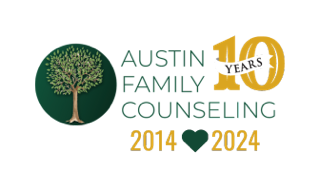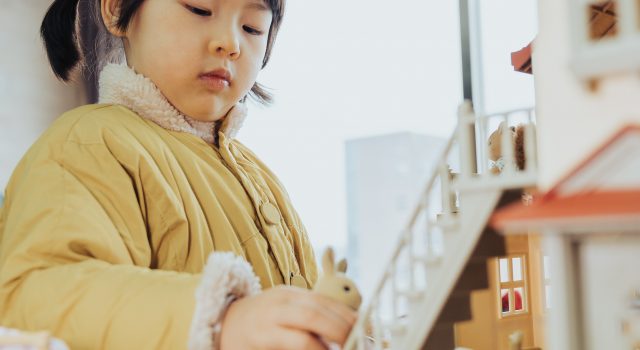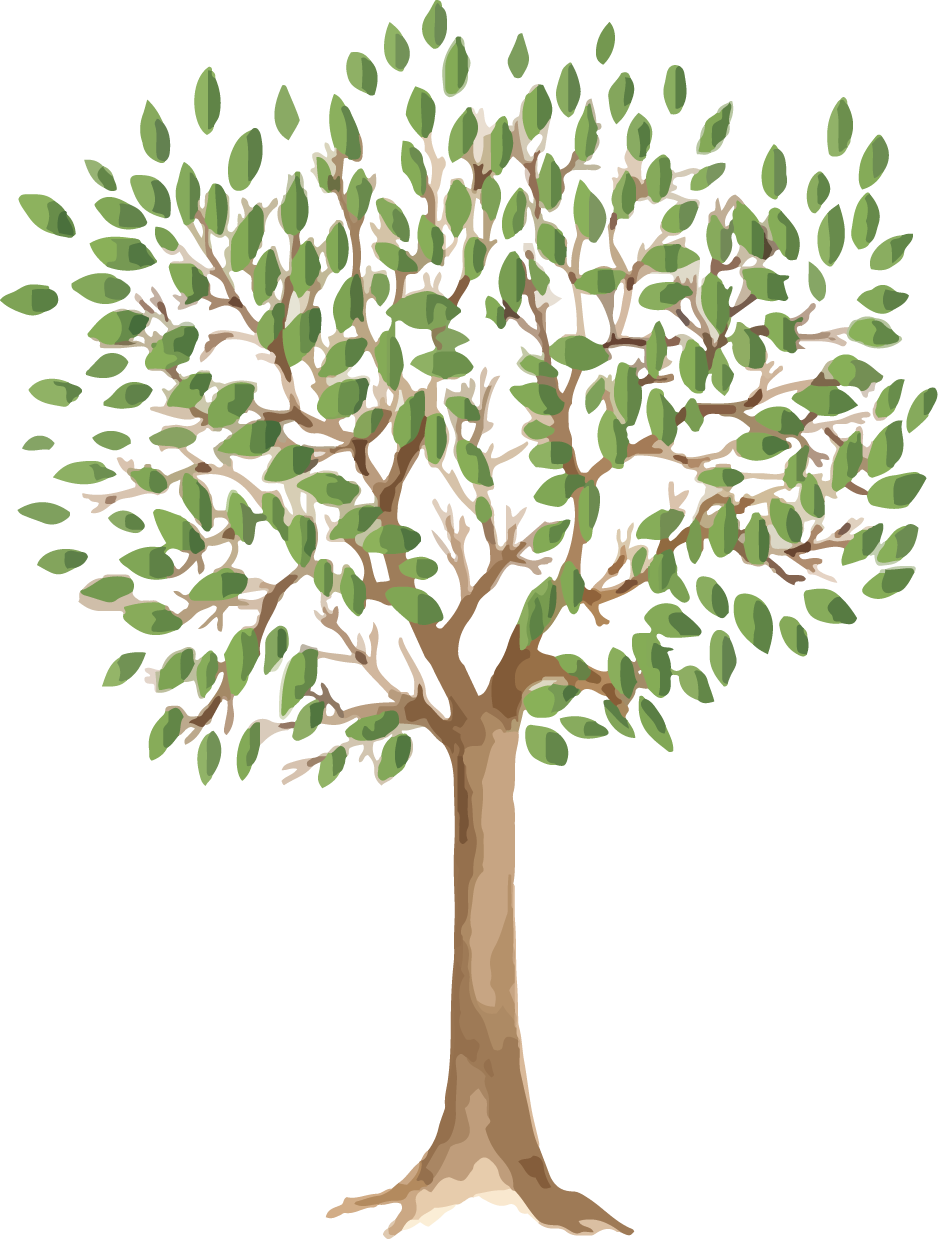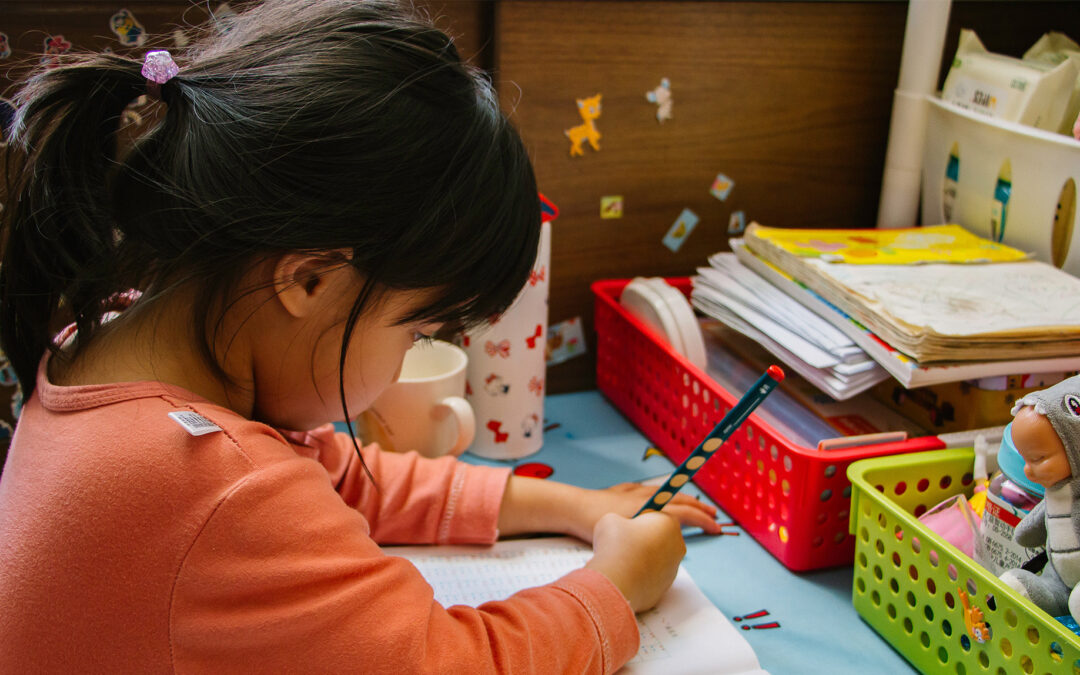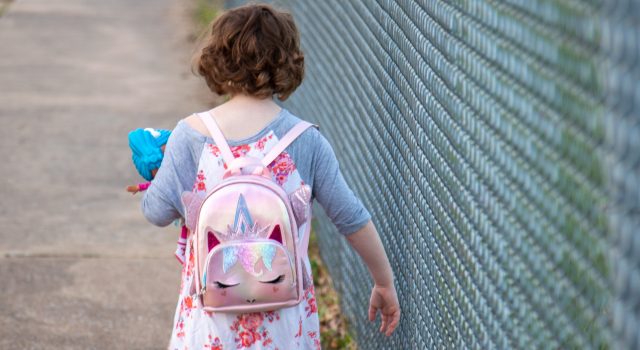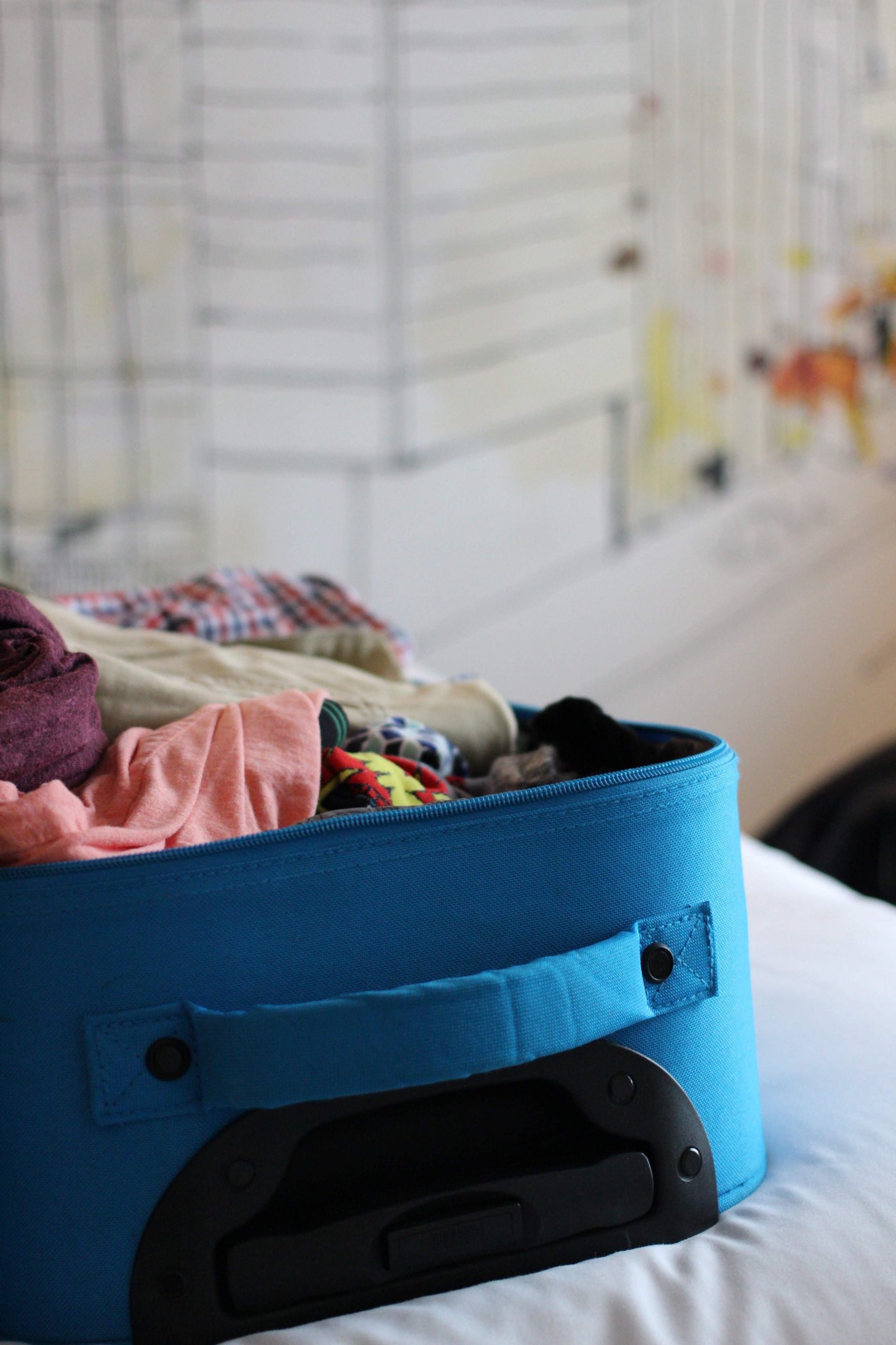There are many reasons why play therapy is more than just playing. To a parent, play therapy can seem confusing. You may find yourself wondering, “this therapist is going to play with my child… how is this going to help them not have meltdowns/manage their anxiety/build their self-esteem?”. All good and valid questions!
To an outsider, play therapy can appear very much like just playing a board game, playing in the sand, or playing with a baby doll. And honestly, it can sometimes very much feel like you ARE just playing! However, it is much more than that. And here’s why:
1. The child and client spend a full 50 minutes of uninterrupted time together.
There are NO cell phones, computers, or TV’s. There is no other person to take the therapist’s or client’s attention away. The two people in that room are in full connection with one another while playing, bonding, and in a positive, safe, nurturing environment. A child does not experience this often outside of the playroom. Not only at school but also in the home there are often distractions. Teachers and caregivers are usually multitasking. Teachers are managing an entire classroom full of students. Parents are usually trying to do laundry, cooking, cleaning, working, etc. etc. because being a parent means a very busy life. Having a full 50 minutes of uninterrupted time with an adult creates a pristine time to learn and grow.
2. The therapist is constantly reflecting and validating.
The therapist is constantly reflecting the client’s thoughts, feelings and actions. The purpose of doing such is that this communicates to the child that they are being understood, listened to, and that they are important. This is HUGE for a child! Reflecting to the child sounds like, “you like this toy”, or, “you’re feeling playful”, or, “you’re scooping the sand”. Validating sounds like, “that would have scared me too”. Children are unfortunately often dismissed and not seen this clearly due to distractions in everyday life. During this time children are learning what their feelings are by this being reflected to them. When their feelings are validated they feel reassured that they are not overreacting and are understood.
3. Children use their behavior/play to communicate.
Children’s brains are under intense development. Because children lack the brain maturation to verbally say what they want to express, they use their behavior/play to do this. Adults talk during therapy, kids play during therapy. When a child feels safe and is provided the time, the tools, and the opportunity, they will show you what they are experiencing through their play. For example, a child may play out a difficult family dynamic with dolls and a dollhouse. The child will continue to play out this dynamic and/or situation until they have fully processed what this is like for them, what they are struggling with, and how to move forward. The therapist is there to support, play if requested by the child, reflect/validate this experience, and keep the child safe.
Another example is that a child chooses to play a board game with the therapist. This activity involves a lot of interaction between the pair which increases their connection. While the child is playing this game, they may be working on mastering it. The child is able to play this game without intense competition or rivalry. Again, the child is not provided this opportunity often outside of the playroom. Mastering the game naturally improves the child’s confidence, problem solving skills, and frustration tolerance. Another version of board game play in the playroom is the child may manipulate the game and make up their own rules and cheat to win. During this type of play the therapist is paying close attention to how the child manipulates/cheats as this can indicate that this is how the child feels outside of the playroom. They may feel misunderstood, cheated, frustrated, and that life is unfair. For the child to be able to communicate and control this provides a huge relief for them and gives the therapist great insight for what the child endures outside of the playroom.
Final Thoughts
In the playroom, children are learning and growing through EXPERIENCES, rather than talking. Board games, a dollhouse and dolls, costumes, or sandtray all present lessons to be learned and different opportunities for the client to process thoughts and feelings. When you ask your child, “what did you do in the playroom today?” don’t be alarmed if they say “I played in the sand and painted”. I assure you they ARE learning and growing. Therapy for kids just looks different than therapy for adults.
Something worth noting is that depending on the age of the client and the therapeutic approach being used, activities targeting treatment goals may be incorporated into sessions. If you are considering play therapy for your child I encourage you to discuss this with the therapist to ensure you find the right fit for you and your child! Every child is different; as is the therapist. It’s important that everyone feels confident and comfortable!
References:
Dion, L. D. (n.d.). Making Games Therapeutic in Play Therapy. “Lessons from the Playroom.”
Landreth, G. L. (1991). Play Therapy: The Art of the Relationship.

